
Allergy, the official journal of the European Academy of Allergy and Clinical Immunology, and the world's top authoritative journal in the field of allergy science and immunology, releases its Allergy 2023 China Issue on June 1, 2023. (Photo provided to China Daily)
The research results of Chinese scientists could benefit billions of patients struggling with allergies worldwide, experts said.
Thirty to 40 percent of the world's population lives with allergies, according to the World Allergy Organization. About 250 million people in China suffer from hay fever, causing annual direct and indirect costs of about 326 billion yuan ($45.8 billion).
Over the past 10 years, Chinese scholars in the field of allergy science have continued to summarize clinical experiences, and summarize Chinese data for common and rare diseases.
"They have continuously contributed to better understanding the mechanisms, diagnosis and treatment of allergic diseases," Cezmi Akdis, editor-in-chief of the journal Allergy, told China Daily at a news conference in Beijing on Thursday.
There is a huge interest from the world in Chinese science, and also for bringing traditional Chinese medicine into current practice in the rest of the world, Akdis said.
Allergy, the official journal of the European Academy of Allergy and Clinical Immunology, released the Allergy 2023 China Issue on Thursday, which includes 17 articles focusing on the latest research progress of Chinese scholars in the fields of allergology, rhinology, respiratory pathology, dermatology and COVID-19.
It's the third time for the journal to publish and distribute a special issue for Chinese experts as a regular format.
Professor Zhang Luo, president of Beijing Tongren Hospital and guest editor of the issue, said at the conference that the ancient Chinese medical classic Huangdi Neijing mentioned the emperor talking about asthma with an official.
Another classic guided people of the Kingdom of Qi (1,046-221 BC) to pay attention to hay fever as the hot and humid climate may cause sneezing, or a runny or stuffed nose.
"The simple words in the book related possible pathogenesis of hay fever to the environment," Zhang said.
Another challenge is that we may still not be clear about the basic laws of allergic diseases, whose incidence rate is increasing, he said.
"One new hypothesis is that the environmental change brought by industrialization led to microbial ecological disorders and tissue inflammation, and the change of human lifestyle made children have less contact with the natural environment."
Zhang said the study of allergy seeks multidisciplinary research and international exchanges, and the sharing of Chinese clinical experiences helps benefit health globally.








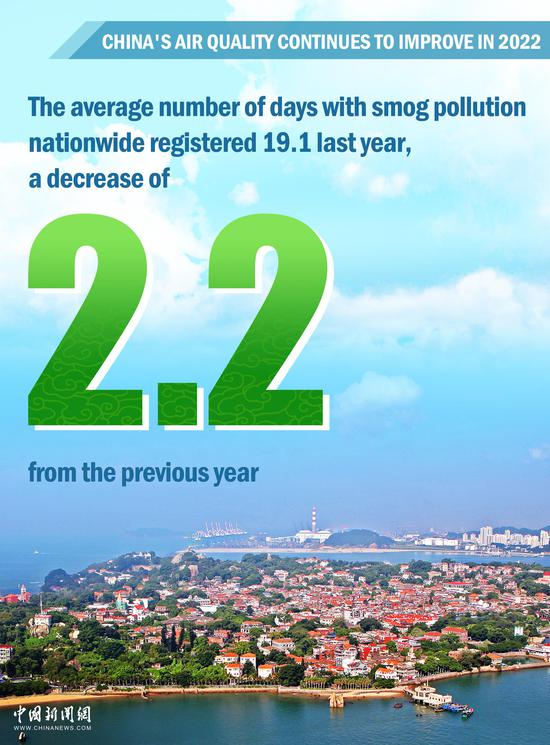



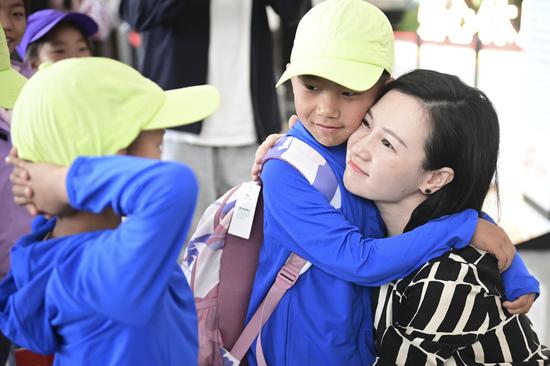



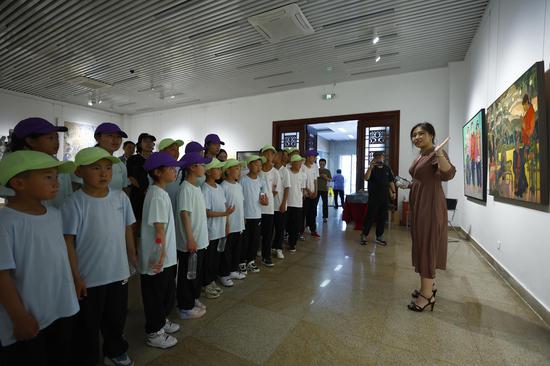


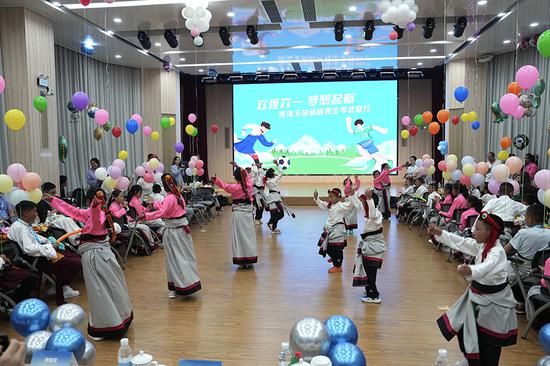

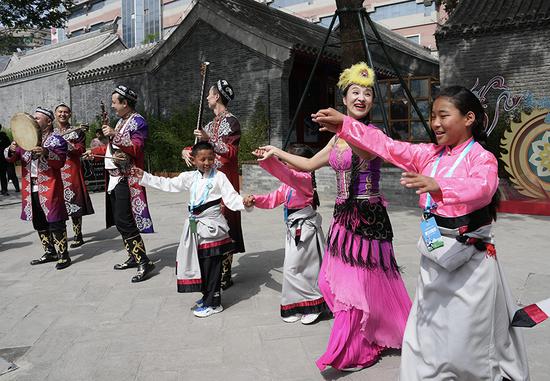
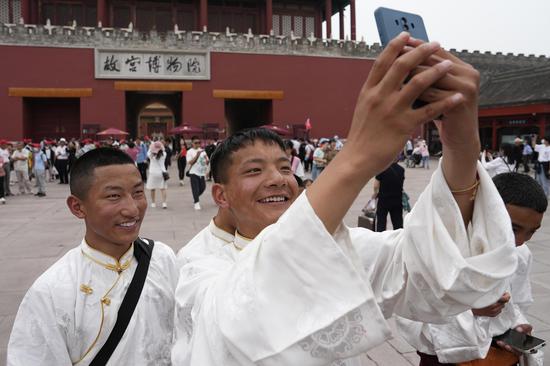
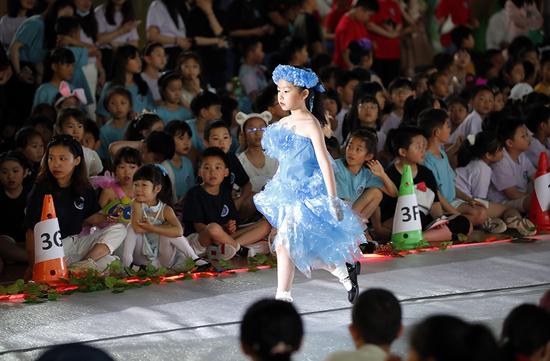
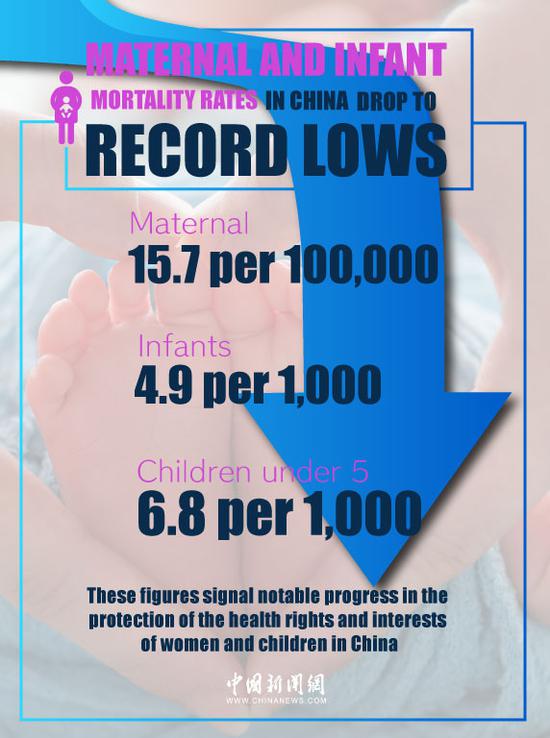





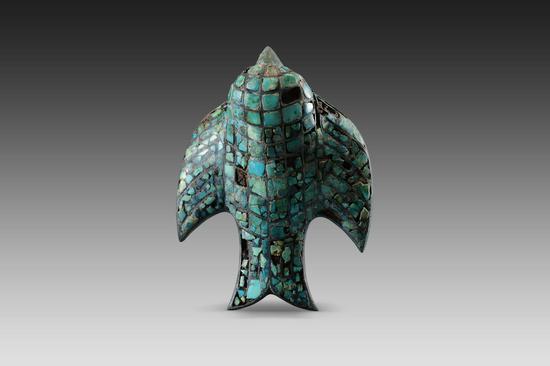
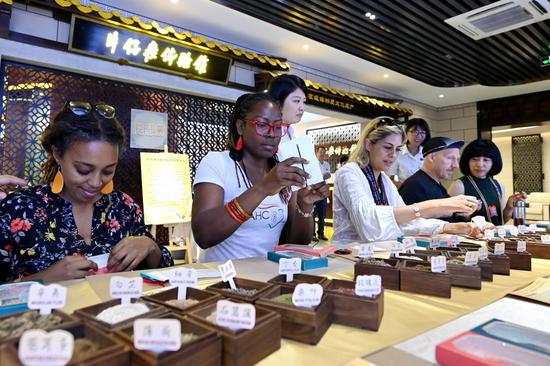
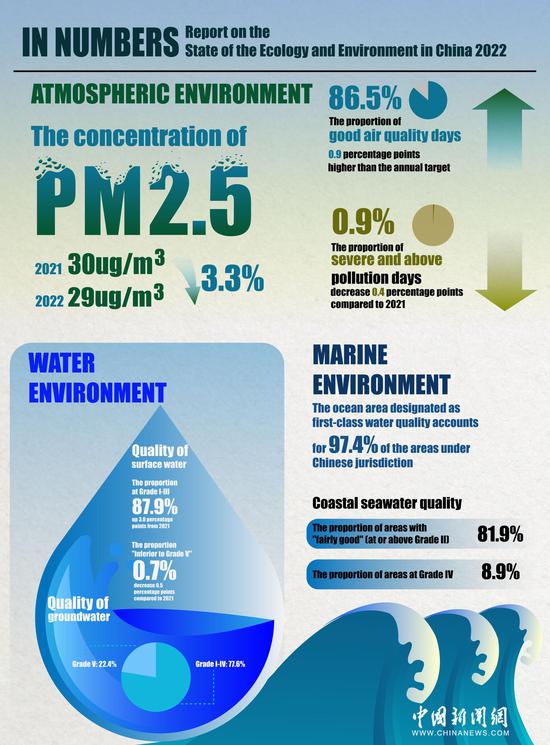
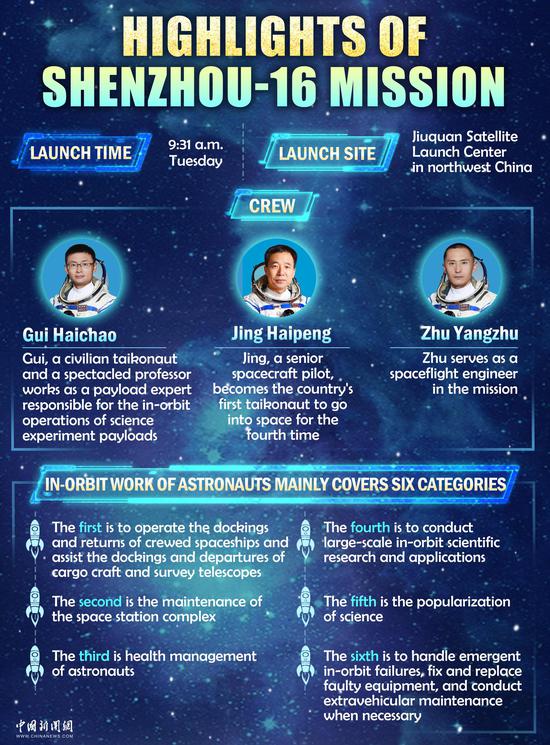

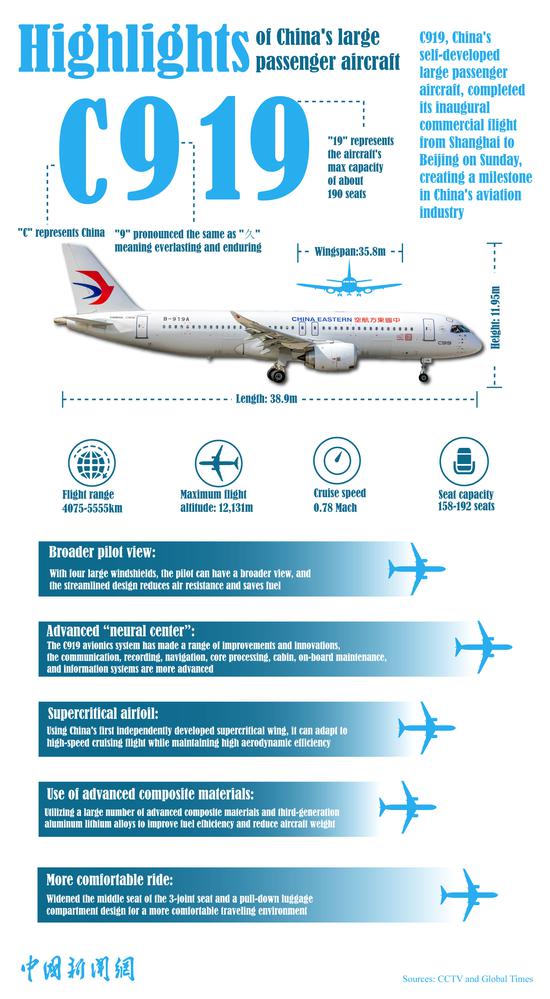
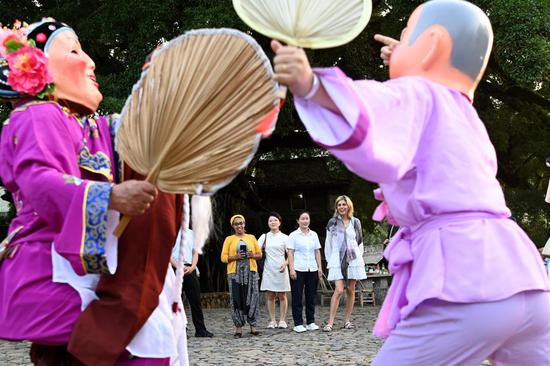

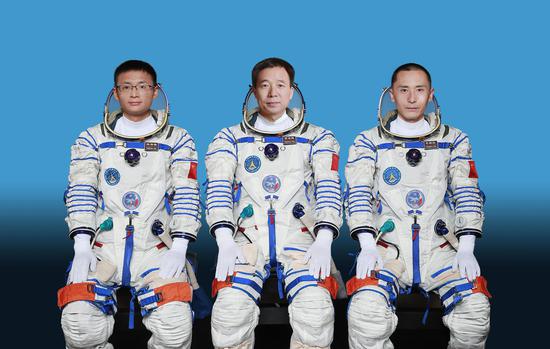


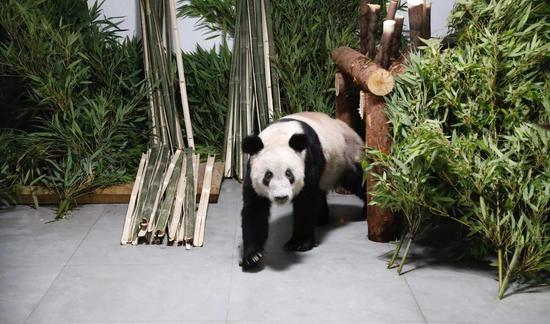








 京公网安备 11010202009201号
京公网安备 11010202009201号